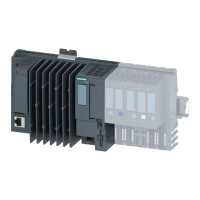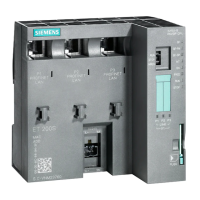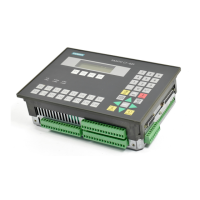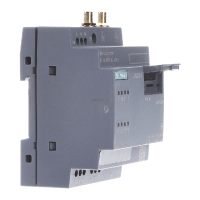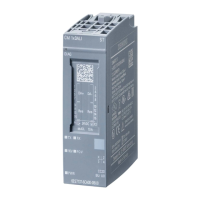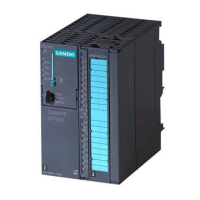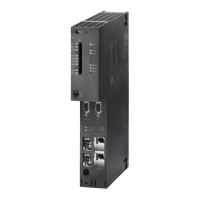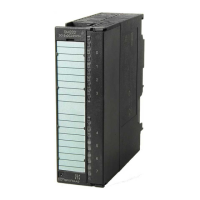Synchronization modules
14.3 Selecting fiber-optic cables
CPU 410 Process Automation/CPU 410 SMART
System Manual, 05/2017, A5E31622160-AC
245
Note the points below when pulling-in fiber-optic cables:
● Always observe the information on pull forces in the data sheet of the corresponding
fiber-optic cable.
● Do not reel off any greater lengths when you pull in the cables.
● Install the fiber-optic cable directly from the cable drum wherever possible.
● Do not spool the fiber-optic cable sideways off the drum flange (risk of twisting).
● You should use a cable pulling sleeve to pull in the fiber-optic cable.
● Always observe the specified bending radii.
● Do not use any grease or oil-based lubricants.
You may use the lubricants listed below to support the pulling-in of fiber-optic cables.
– Yellow compound (Wire-Pulling, lubricant from Klein Tools; 51000)
– Soft soap
– Dishwashing liquid
– Talcum powder
– Detergent
Do not exert any pressure on the cable, for example, by the inappropriate use of clamps
(cable quick-mount) or cable ties. Your installation should also prevent anyone from stepping
onto the cable.
Fiber-optic cables are highly sensitive to direct heat, which means the cables must not be
worked on using hot-air guns or gas burners as used in heat-shrink tubing technology.
Selecting fiber-optic cables
Check or make allowance for the following conditions and situations when selecting a
suitable fiber-optic cable:
● Required cable lengths
● Indoor or outdoor installation
● Any particular protection against mechanical stress required?
● Any particular protection against rodents required?
● Can an outside cable be routed directly underground?
● Does the fiber-optic cable need to be water-proof?
● Which temperatures influence the installed fiber-optic cable?

